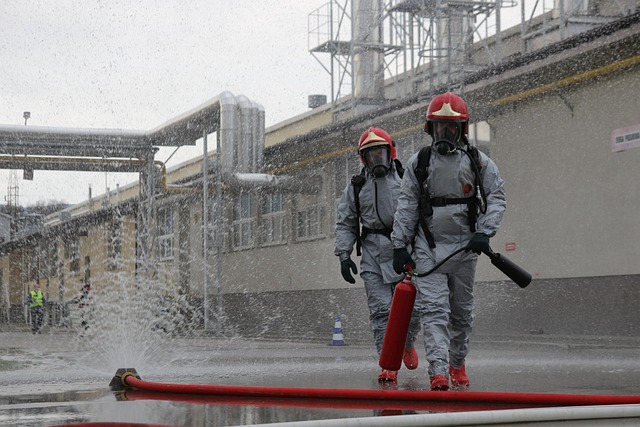
DOE Accelerates AI Research to Defend Critical Infrastructure
The Department of Energy (DOE) is at the forefront of integrating artificial intelligence (AI) into the defense of the nation's critical infrastructure. This strategic initiative aims to bolster national security, enhance energy resilience, and address emerging cyber threats. In this comprehensive analysis, we delve into the DOE's efforts, partnerships, and the broader implications of AI in safeguarding critical infrastructure.

The Imperative of AI in Critical Infrastructure Defense
Understanding Critical Infrastructure
Critical infrastructure encompasses the essential systems and assets vital to national security, economic health, and public safety. These include energy grids, water supply systems, transportation networks, and communication platforms. Ensuring their security is paramount, as disruptions can have cascading effects on society.
The Role of AI in Enhancing Security
Artificial intelligence offers transformative potential in identifying vulnerabilities, predicting threats, and automating responses. By leveraging AI, the DOE aims to proactively address cyber threats, optimize system performance, and ensure the resilience of critical infrastructure.
DOE's Strategic Initiatives in AI Research
Establishment of the Center for AI Security Research (CAISER)
In September 2023, the DOE's Oak Ridge National Laboratory (ORNL) launched the Center for AI Security Research (CAISER). This center focuses on understanding AI vulnerabilities and risks, collaborating with federal agencies like the Air Force Research Laboratory and the Department of Homeland Security to provide objective scientific analysis of emerging AI threats. (ornl.gov)
Development of AI Tools for Infrastructure Defense
CAISER has developed "Lantern," a tool designed to evaluate adversarial attacks on critical infrastructure. Lantern enables researchers to understand cyberattack threats quickly and interactively, providing insights into AI model decision-making processes and reducing the time required for security evaluations.
Partnerships with Federal Agencies
The DOE collaborates with various federal entities, including the Department of Homeland Security (DHS), the Air Force Research Laboratory, and the Defense Advanced Research Projects Agency (DARPA). These partnerships aim to scale AI solutions across government sectors, enhancing the collective defense of critical infrastructure.
Broader Implications of AI in Critical Infrastructure
Enhancing Cybersecurity Measures
AI's ability to analyze vast datasets allows for the detection of anomalies and potential threats in real-time. This capability is crucial for preempting cyberattacks and mitigating risks to critical infrastructure.
Optimizing System Performance
AI algorithms can predict maintenance needs, optimize energy distribution, and improve the overall efficiency of infrastructure systems, leading to cost savings and enhanced service reliability.
Addressing Emerging Threats
As cyber threats become more sophisticated, AI provides the tools necessary to adapt and respond effectively, ensuring that critical infrastructure remains secure against evolving challenges.
Future Outlook and Challenges
Scaling AI Solutions Across the DOE
The DOE plans to expand AI research and development efforts, integrating AI into various aspects of energy and national security. This includes enhancing AI capabilities in supercomputing and data analysis to support scientific breakthroughs and infrastructure defense.
Addressing Ethical and Security Concerns
While AI offers significant benefits, it also presents challenges related to ethics, privacy, and security. The DOE is committed to developing AI systems that are trustworthy, transparent, and aligned with national security interests.
Collaboration with Industry and Academia
Ongoing collaboration with industry leaders and academic institutions is essential for advancing AI research. These partnerships facilitate the exchange of knowledge, resources, and expertise, driving innovation in critical infrastructure defense.
Conclusion
The DOE's accelerated efforts in AI research signify a proactive approach to defending critical infrastructure. By harnessing AI's capabilities, the DOE aims to enhance national security, ensure energy resilience, and address the complex challenges posed by modern cyber threats. Continued investment, collaboration, and ethical considerations will be pivotal in the successful integration of AI into critical infrastructure defense strategies.
For more information on the DOE's initiatives in AI and critical infrastructure, visit the Department of Energy's official website.